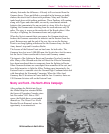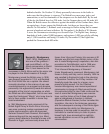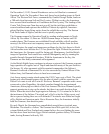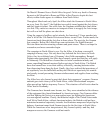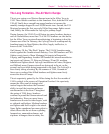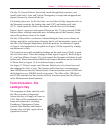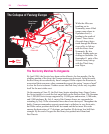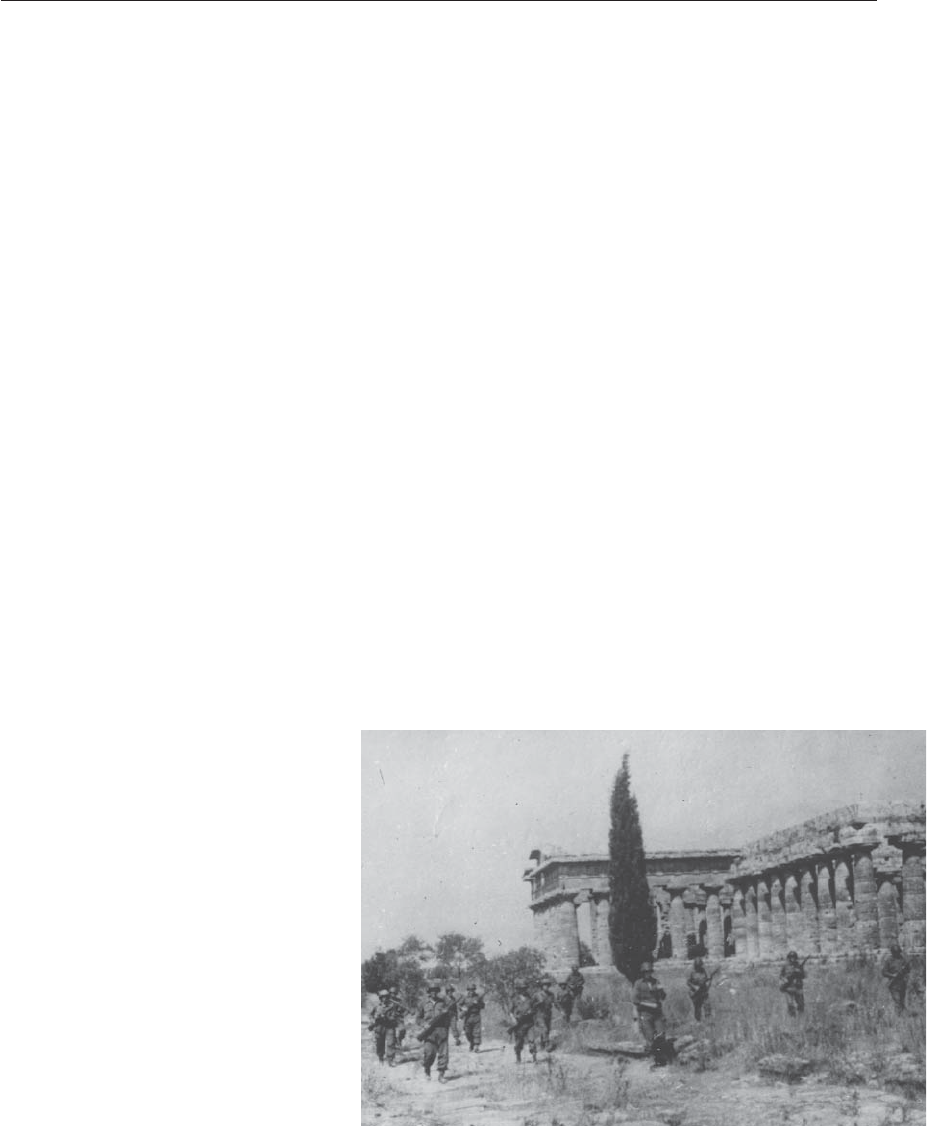
Chapter 7 The Big Picture: A Short History of World War II
149
On July 10, General Patton’s forces land, smash through light resistance, and
quickly take Gela, Licata, and Vittoria; Montgomery’s troops land unopposed and
capture Syracuse by the end of the day.
The landing forces use, for the first time, two craft that will play important roles in
the Normandy invasion: the landing ship, tank (LST) and landing craft, tank
(LCT), which enable the Allies to land armor with the first wave of infantry.
Patton’s forces swing west and capture Palermo on July 22; they surround 50,000
Italian soldiers, although motorized units, including most of the Germans, escape
toward the northeast corner of the island.
On July 25 Mussolini is overthrown. Marshal Badoglio forms a new cabinet; he
declares martial law and promises Germany that he will not negotiate a peace with
the Allies. But Badoglio immediately breaks his promise. An armistice is signed
on August 3 and announced to the public on August 8. Hitler responds by sending
reinforcements to Italy.
The Americans use small amphibious landings on the north coast of Sicily to push
the Axis forces back. There are landings at Santa Agata (August 8), Brolo (August
11), and Cape Milazzo (August 15); each compels the Germans and Italians to pull
farther back. When American and British units capture Randazzo on the north side
of Mount Etna on August 14, Axis defenses begin to crumble.
On August 17, Patton’s troops enter Messina; British units a few hours later, and
the campaign for Sicily is over. The Germans and Italians have evacuated more
than 100,000 men across the Messina Strait. German casualties exceed 10,000 and
the Italians lose over 100,000, mostly as prisoners. The Allies suffer 7,000 dead
and 15,000 wounded, but their success in Sicily convinces many that the offensive
in the Mediterranean should continue.
Fierce Encounters
The
Landings in Italy
The campaigns in Sicily and Italy teach
the Allies a number of important
lessons that they will apply in France in
1944. Many of the commanders who
bring units ashore here, including
Eisenhower, Montgomery, Patton,
General Omar Bradley, and General
Norman Cota, will play major roles in
Operation Overlord.
American First Division fighting in Italy



